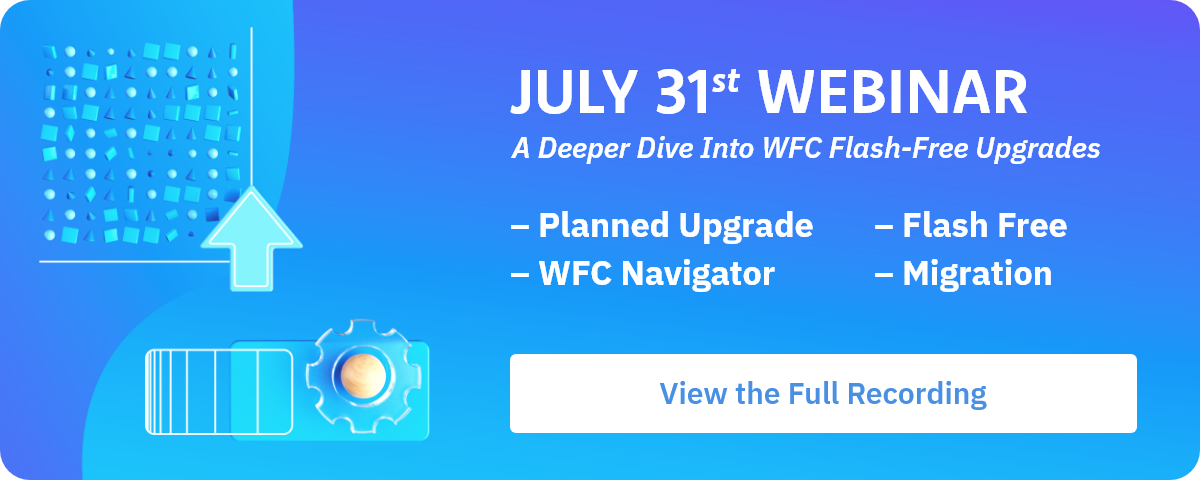

Editors Note: This is Part II of a two-part series on best practices in managing a Kronos Implementation.
Last week we talked about the initial steps for implementing Kronos, which got you set up with a project manager, tools to make the process easier, and some outcomes for your project. This week we're joined by a Project Coordinator who has some insider tips on how to make this Implementation your easiest one yet. Are you ready? Let's go.
According to Improvizations Project Coordinator Michelle Sawyer, the foundation of a great implementation comes down to preparation. And, to properly prep an implementation means building an awesome team, assessing your project’s risks and opportunities, quality training, and thorough testing.
Step One: Build the Right Team
According to Michelle, each of these pieces plays an essential role in the implementation process, but the thing that can really make or break your project is your team.
“From the Project Manager to your stakeholders and all the way to the detractors, each person that can influence this implementation needs to be considered. With a strong team, you’ve got a strong project,” Michelle adds.
Step Two: Assess Potential Risk
Prior to starting your implementation, you'll want to asses potential risk. This can be done in several ways, including through a SWOT (Strengths, Weaknesses, Opportunities, Threats) analysis. Brainstorming with your team is another way to anticipate risk during your Kronos implementation.
A few questions to assess Risk might be:
-
What could make this process more difficult?
-
What would make this process easier?
-
Are there outside influences that could change how we implement Kronos? What are they?
-
How do risks change our previously built outcomes?
Step Three: Assess Opportunities
In the same way you want to consider risk, consider what opportunities might show up. Ask your team to think outside the box on this and consider opportunities you might never have dreamed up on your own.
A few questions to assess Opportunities might be:
-
What market trends are we seeing, and how will this change impact those?
-
How will implementing Kronos change how we work with our clients/customers?
-
What other new tools could we implement that will amplify how we work with Kronos?
-
How will this improve our internal processes?
As you move forward in your project and encounter changes, be sure to come back to your risk and opportunity questions as a team and modify where needed.

Step Four: Don’t Rush Training
The closer you get to your Kronos Go Live date, the more time you need to spend training your team. Planning out your training at the beginning of your project will help the process run more smoothly.
As you are building your team and developing your outcomes, determining what you want training to look like can help guide the project completion process.
Do you want to train a specific part of your team on Kronos first? Is extra training needed for employees who are resisting change or may be less confident in new technology? Make sure anything they would need is completed in the first part of the implementation.
“Do you have someone who is really great at catching things that might be missing in your training process? Look for those people and include them in the first training so that your team can make updates before the final group is trained,” says Michelle.
Training is key to your implementation's success because it will directly impact your user adoption rate, which determines your software’s ROI. If training is solid, user adoption will be high; if it’s rushed through or poorly planned, user adoption can suffer.
Identify team members who are experts on the system; you can call them Super Users, Champions, or Kronos Rockstars — whatever you’d like. The important thing is to leverage their knowledge and enthusiasm during your training process. These team members will make a big difference during your rollout and beyond.
Step Five: Conduct a Thorough Testing
Before finalizing your Kronos implementation, you’ll want to test your system to ensure it’s running well. This is different from training, as it ensures you go through the User-Acceptance Testing system to confirm you are meeting all business requirements and processes and that you met your outcomes for the project.
Identify who you want to test the system and what you want that to look like for the best overall outcome.
As you implement Kronos with your team, remember that each step of the process makes the next one easier, and they are all critical to making the final execution successful. We know you are ready. Best of luck!
— — —
Need help implementing your Kronos software or optimizing its features? Improv has experience implementing all Kronos projects (including Dimensions) and would be happy to help you make the leap. Our team can create project timelines and training plans customized to your team. Talk to us today about how we can help you!
WFC Upgrade Deadline is Near!
Did you catch our last webinar? Don’t miss the critical deadline to upgrade your Workforce Central platform to adopt to Flash-Free web browsers! Listen in:
.png)




Comments